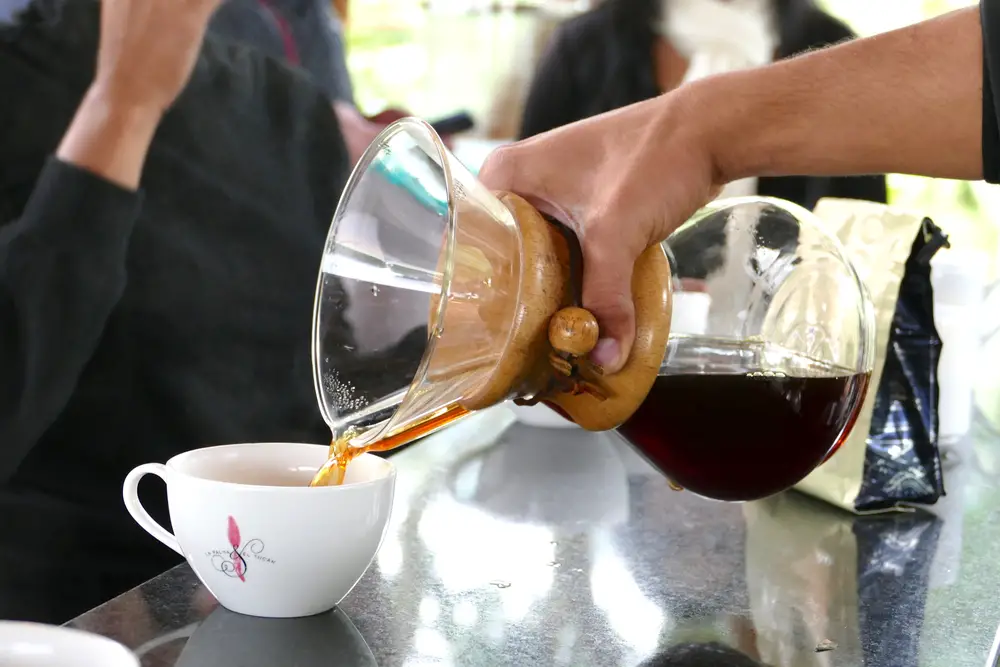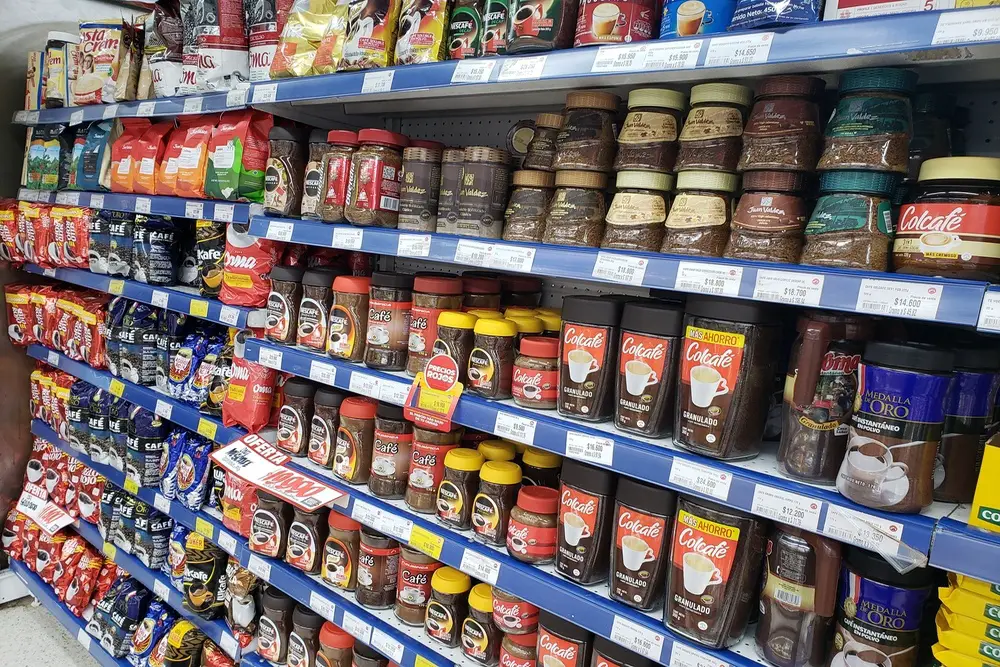In recent years, coffee producers have started experimenting with new coffee processing techniques. One of these techniques is the carbonic maceration of coffee.
Table of Contents
Carbonic maceration of coffee
The carbonated maceration of coffee is considered an anaerobic fermentation technique that takes place in an environment containing carbon dioxide. This technique is characterized above all by the fact that it enables the transfer of differentiating factors to the beverage.
This technique can produce richer, more aromatic coffees with strong sweet notes.
Carbonic maceration is relatively new to the coffee world. In the wine industry, however, it has been used for decades to harvest and process grapes to produce fruity, fresh and lively wines.
In this regard, you should know that this method is best known in the French wine regions of Beaujolais and Rioja in Spain.
Application carbonic maceration of coffee
The use of carbonic maceration in coffees came to prominence in 2015 when Australian Saša Šestic won the World Barista Championship with a coffee using this technique.
The Serbian-born Australian barista had an opportunity to learn about its use in winemaking, so he decided to recreate the technique alongside his collaborator, Colombian coffee farmer Camilo Merizalde. Together they wanted to create a coffee with more aromatic complexity and a low concentration of acetic acid.
Variables in carbonic maceration of coffee
Before starting the carbonic maceration of coffee, the following variables must be considered, which can be controlled throughout the process:
Proper preparation
Carbonic maceration of coffee requires technical knowledge to carry out good fermentation. A corresponding process protocol is often used.
Any deconcentration during the process can cause the bacteria to multiply due to the excessive temperature rise, which can affect the quality of the beans.
Water quality
It is recommended to use water from natural sources that has not been treated and is therefore rich in minerals. These waters have a favorable degree of hardness, which ensures better fermentation and a better chemical environment for the active bacteria and yeasts.
A water quality study is also required to get a better picture of what is happening in the fermentation process.
Adequate conditions in the fermentation area
It is recommended to control the relative humidity and the maximum and minimum temperatures. The idea is that at the end of the process, more chocolatey notes like cinnamon or passion fruit can be found in the coffee. However, if alcoholic notes are found, it is because the process was not carried out in a dry and controlled environment.
Amount of coffee
Be careful with the amount of coffee used. The larger this is, the more difficult it is to control the process.
The process of carbonic maceration of coffee
The goal of carbonic maceration of coffee is to reduce the exposure of the beans to oxygen to develop new flavors.
However, carbonic maceration can bring out the unique characteristics of each coffee. However, it cannot compensate for deficiencies in the bean that are due to poor cultivation or a bad harvest.
This is an extremely delicate process that requires the utmost care. That is why we want to show you the different materials that you should use and also the right way to do it so that you can achieve a successful end result.
Equipment needed
- Coffee
- Stainless steel or plastic tanks with a one-way valve
- Pressure Gauge (PSI)
- Temperature gauges
- PH meter
- CO2 bioreactors
- Hard water with magnesium to increase the homogeneity of the mass and prolong the fermentation of the culture without making it acidic
- Culture of microorganisms (previously identified and isolated in the laboratory)
Procedure
- Harvest the coffee cherries. It is important that these are ripe and of good quality.
- Sterilize the cherries to avoid unwanted microorganisms during fermentation. For this, the use of an acetic acid solution or UV strips is recommended.
- All of the coffee mass is added to the tank along with the added yeast, bacteria and leachate. The coffee cherry should not be crushed, but added whole to the drink.
Also, the tank must be equipped with a valve that releases the pressure without allowing oxygen into the chamber. - The container must be completely closed.
- Begin injecting CO² (carbon dioxide) at the pressure (PSI) allowed by the capacity of the tank. This is done so the coffee berries can be in an oxygen-free environment.
The different pressure conditions in the tank result in different pectins and sugars, which can be softened by the microbes.
In this way, fermentation takes place slowly in the skin of the fruit.
This process can take a few hours to several days. - Observe the falling pH curve. Normally, increasing acidity should drop it from 6.5 to 3.6. However, the threshold for fermentation depends on the particular process.
3.6 is recommended for washed coffee, 3.9 for honey and 4 for natural coffee. - Control the temperature of the mass so that it is in a medium range, not too hot and not too cold. The most recommended temperature is 23ºC, as it favors and prolongs the action of the yeasts throughout the coffee mass.
- Once you are happy with the level of fermentation, you remove the fruit from the tank and then decide whether to process it as washed coffee or dry it.
Difference between carbonic maceration and anaerobic fermentation
The main difference between carbonic maceration and anaerobic fermentation lies in the way the coffee is placed in a closed fermentation tank.
When whole coffee cherries are added to the tank, it is called carbonic maceration.
On the other hand, if the seeds are added to the tank without the skin and pulp, but with the sweet mucilage, it is called carbonated fermentation.
In this context, it is also important to mention that carbonic maceration can take months to produce coffee with the right taste, while anaerobic fermentation takes less time.
Possible difficulties in carbonic maceration of coffee
We would like to draw your attention to some issues that may arise when using the carbonic maceration process as it is still considered an experimental method in the coffee industry. It is therefore important that you note the following:
- Any change in the temperature of the tank can completely destroy the taste of the coffee.
- The process can be associated with higher production costs.
- The procedure requires more time to be available.
Why is carbon maceration of coffee so popular?
After it became known that carbonic maceration could be used in coffee processing, it became very popular with producers and consumers.
The variety of flavors, ranging from pineapple to mango, piqued the interest of many coffee lovers.



